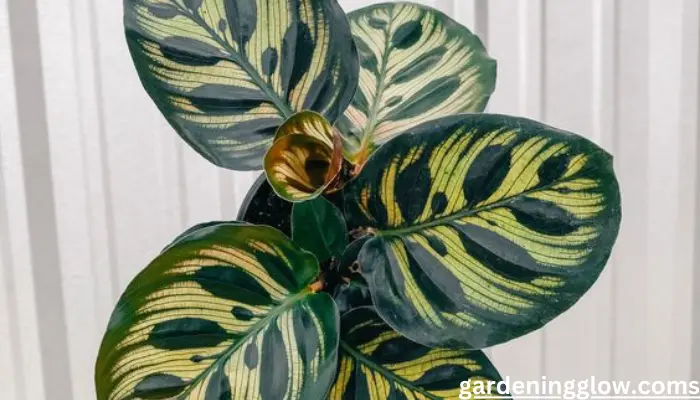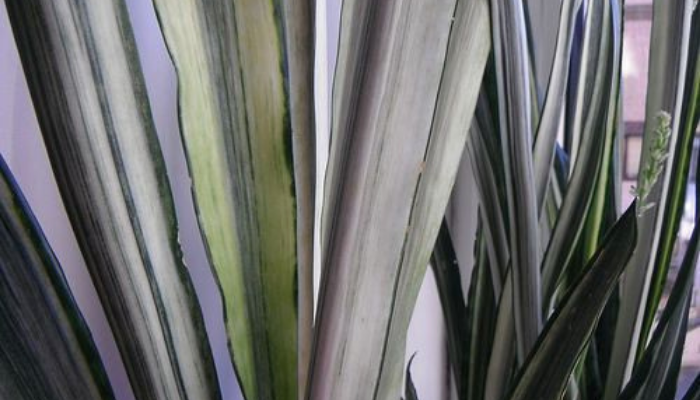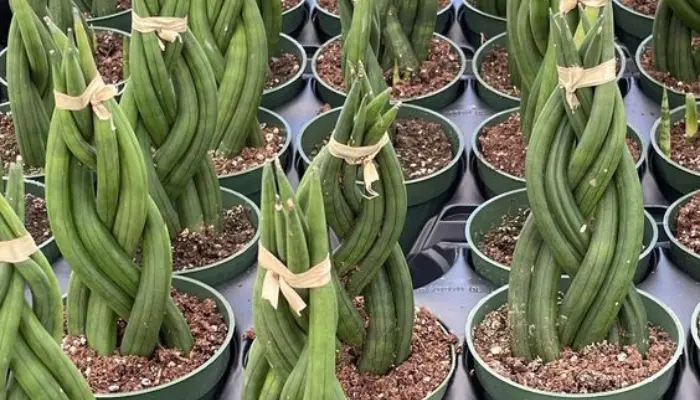Snake Plant 10 Varieties : Care And Growing Tips
Snake plant varieties offer an effortless way to introduce greenery into your indoor environment. Known for their striking appearance and minimal upkeep, snake plants are an excellent choice for any home or office space.
From the classic Snake plant trifasciata to unique cultivars such as the Snake plant cylindrica, there’s a snake plant variety to suit every preference. Snake plants, also known as sansevieria, are the perfect choice! These versatile houseplants not only add a touch of elegance to any space but also help purify the air. With their striking foliage and easy-care nature, snake plants are beloved by both seasoned plant enthusiasts and beginners alike. Explore our selection of 10 beautiful varieties.
Snake plant 10 varieties
1: Sansevieria Trifasciata (Snake Plant/Mother-in-Law’s Tongue)

This classic variety features long, sword-shaped leaves with green bands and pointed tips. It’s known for its air-purifying properties and ability to thrive in low light conditions, making it perfect for beginners.
2: Sansevieria Cylindrica (Cylindrical Snake Plant)

Unlike the typical flat leaves of other snake plants, the cylindrical snake plant boasts long, cylindrical leaves that grow upright in a tight cluster. Its unique shape and low maintenance requirements make it a popular choice for modern interiors.
3: Sansevieria Laurentii (Variegated Snake Plant)

With its tall, sword-shaped leaves adorned with striking yellow margins, the variegated snake plant adds a bold pop of color to any space. It’s a resilient plant that can tolerate a range of light conditions and requires minimal watering.
4: Sansevieria Moonshine (Moonshine Snake Plant)

As its name suggests, the moonshine snake plant features silvery-green leaves that shimmer in the light, giving it an ethereal appearance. This variety thrives in bright, indirect light and is particularly suited for contemporary or minimalist decor.
5: Sansevieria Black Coral (Black Coral Snake Plant)

This striking variety stands out with its almost black, dark green leaves accented by lighter green markings. The black coral snake plant is an eye-catching addition to any room and requires little maintenance, making it ideal for busy households.
6: Sansevieria Golden Hahnii (Golden Bird’s Nest Snake Plant)

The golden hahnii snake plant is a compact variety with short, broad leaves featuring vibrant golden-yellow edges. Its small size makes it perfect for tabletops or shelves, and it’s tolerant of a wide range of light conditions.
7: Sansevieria Francisii (Francisii Snake Plant)

The francisii snake plant is characterized by its slender, elongated leaves with dark green markings. It has a graceful appearance and thrives in moderate to bright indirect light, making it suitable for both homes and offices.
8: Sansevieria Bantel’s Sensation (White Snake Plant)

Bantel’s sensation snake plant stands out with its narrow leaves adorned with white vertical stripes. It’s a striking variety that adds a touch of elegance to any room and requires minimal watering, making it perfect for forgetful plant owners.
9: Sansevieria Fernwood Mikado (Fernwood Snake Plant)

The Fernwood mikado snake plant features cylindrical, upright leaves that have a slightly twisted appearance, giving it a unique texture. It’s a compact variety that thrives in bright, indirect light and is well-suited for smaller spaces.
10: Sansevieria Boncel (Boncel Snake Plant)

The boncel snake plant is a small, compact variety with cylindrical leaves that form a dense rosette. It’s an adorable addition to any plant collection and requires minimal care, making it perfect for beginners or busy individuals.
snake plant care outdoor
- Location: Choose a spot with indirect sunlight or partial shade.
- Soil: Well-draining soil is essential to prevent waterlogging.
- Watering: Allow the soil to dry out completely between waterings. Overwatering can cause root rot.
- Temperature: Snake plants prefer temperatures between 50°F to 85°F (10°C to 29°C).
- Fertilization: Apply a balanced fertilizer during the growing season (spring and summer) to promote healthy growth.
- Pests and Diseases: Monitor for pests like spider mites or mealybugs. Treat with insecticidal soap if necessary. Watch out for signs of fungal diseases, such as leaf rot.
- Repotting: Repot only when the plant has outgrown its container, typically every 2-3 years.
- Pruning: Remove any dead or yellowing leaves to maintain the plant’s appearance and health.
- Protection: In colder climates, bring outdoor snake plants indoors during frosty weather to prevent damage.
- Propagation: Propagate through division or leaf cuttings during the growing season for new plants.
Snake Plant Propagation
- Cuttings: Take a healthy leaf cutting, about 2-3 inches long, and allow it to dry for a few days to form a callus.
- Planting: Plant the cutting in well-draining soil, ensuring it’s partially buried, and water sparingly until roots develop.
- Watering: Once roots form, gradually increase watering frequency, but avoid overwatering to prevent root rot.
- Light: Place the newly planted cutting in indirect sunlight to encourage growth.
- Maintenance: Monitor the cutting for signs of growth and adjust care as needed to promote healthy development
Benefits of Snake Plants
Air Purification:
- Removes toxins like formaldehyde, benzene, and xylene from indoor air.
- Enhances air quality, making it ideal for bedrooms and offices.
- Low Maintenance:
- Thrives in low light conditions.
- Requires minimal watering, perfect for busy individuals or forgetful gardeners.
- Improves Health:
- Releases oxygen at night, promoting better sleep.
- Reduces stress and boosts mood by adding a touch of greenery to indoor spaces.
- Decorative and Versatile:
- Adds aesthetic appeal with its unique, upright foliage.
- Fits well in various décor styles, from modern to traditional.
- Drought Tolerant:
- Can survive extended periods without water, making it resilient during vacations or periods of neglect.
- Safe for Pets:
- Non-toxic to cats and dogs, providing a pet-friendly option for indoor greenery.
- Longevity:
- With proper care, can live for many years, becoming a cherished part of your indoor landscape.
Conclusion
Snake plants, with their diverse range of varieties, offer an array of options to suit various preferences and needs. Whether you’re drawn to the classic Sansevieria trifasciata or intrigued by the unique characteristics of other cultivars, there’s a snake plant variety for everyone.
From different leaf shapes and sizes to varying patterns and colors, these plants add beauty, functionality, and a touch of greenery to any indoor space. Whether you’re a seasoned plant enthusiast or a novice gardener, exploring the world of snake plant varieties can lead to an enriching experience in indoor gardening.
FAQs
Which variety of snake plant is best?
The best variety of snake plant varies based on personal preference and indoor environment conditions
What is the difference between snake plant and Sansevieria?
The terms “snake plant” and “Sansevieria” are often used interchangeably, as Sansevieria is the genus name for snake plants.
Which type of snake plant is best for bedroom?
The Sansevieria trifasciata, commonly known as the snake plant or mother-in-law’s tongue, is considered best for bedrooms due to its ability to release oxygen at night, promoting better sleep.
Can a snake plant survive without sunlight?
Yes, snake plants can survive without direct sunlight and are known for thriving in low light condition
Also Read
